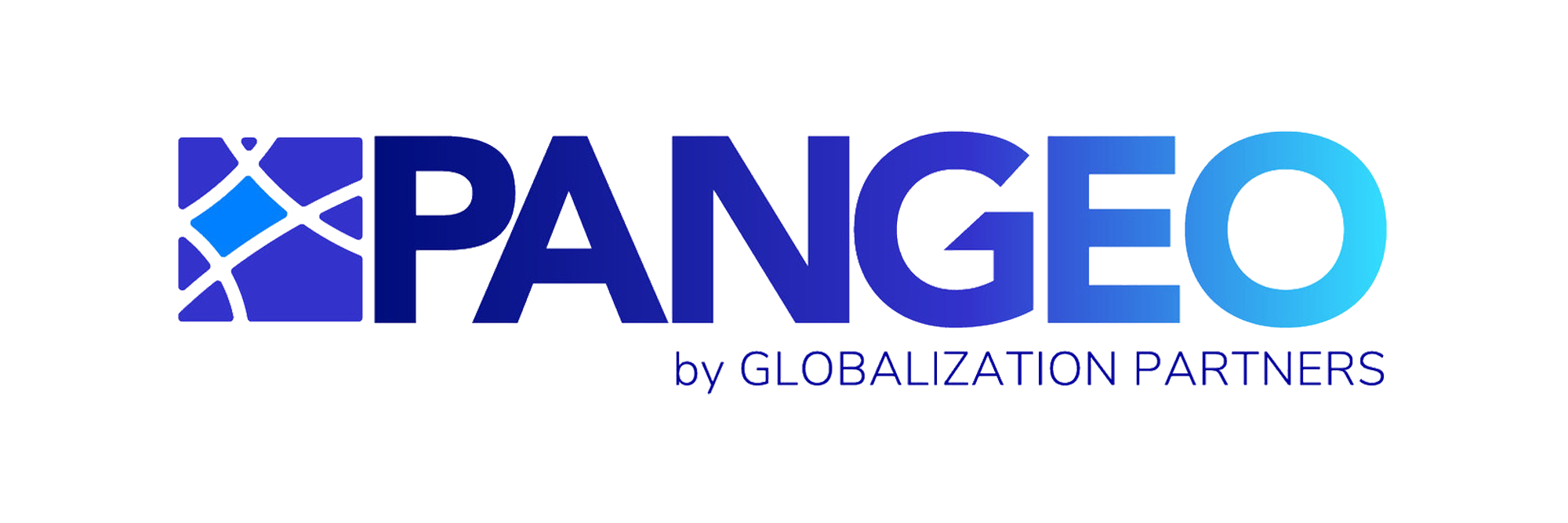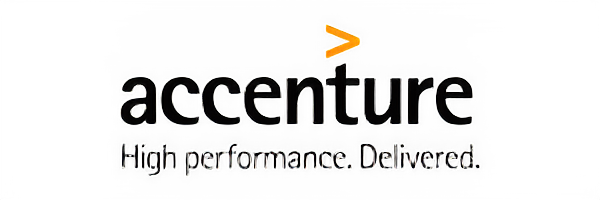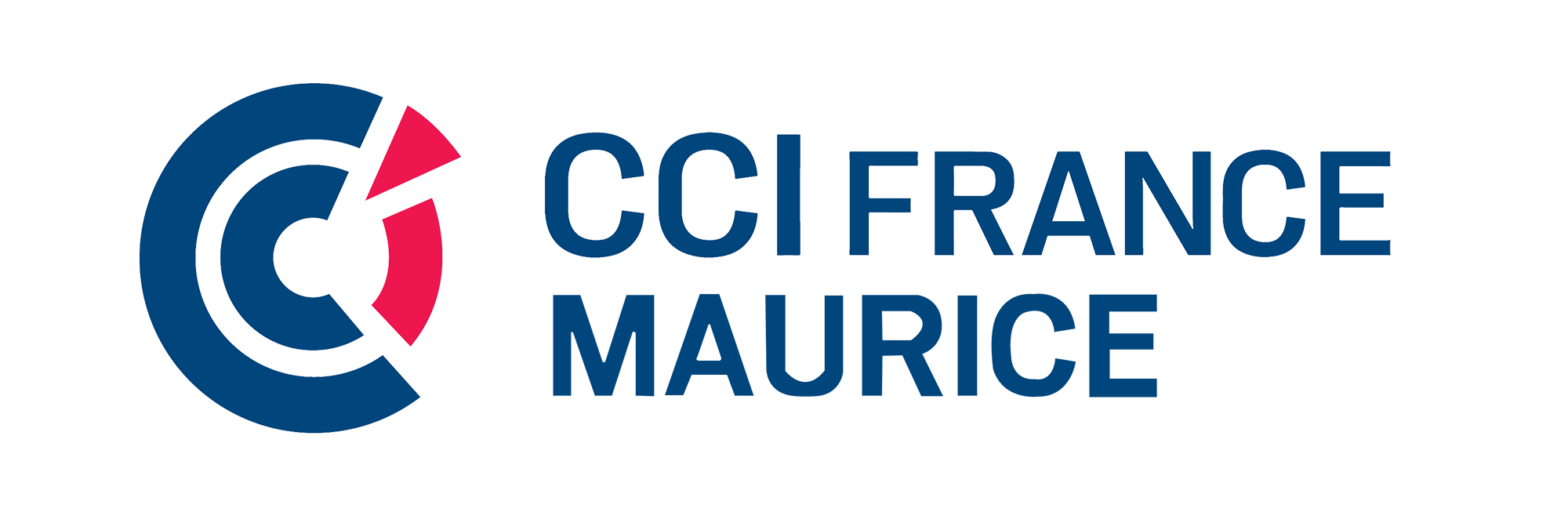Introduction: As companies face increasing pressure to remain agile, cost-effective, and globally connected, alternative hiring models have emerged. One of the fastest-growing among them is outstaffing—a flexible employment solution that allows businesses to scale teams without the constraints of traditional hiring. In this article, we’ll explore the definition of outstaffing, its benefits, industry growth trends, high-demand roles, key countries for sourcing talent, and how it compares to the Employer of Record (EOR) model.
What Is Outstaffing?
Outstaffing is a flexible employment model in which a company hires professionals via an external provider while maintaining direct control over their daily tasks and team integration.
Unlike outsourcing—where a provider takes over full responsibility for a task, project, or department—outstaffing allows the client company to directly manage the professionals supplied by a third-party vendor.
This setup offers greater control, seamless integration of remote talent, and operational flexibility.
Industry Trends and Growth
The global outstaffing and IT outsourcing market is growing steadily. According to a study by Grand View Research, the global IT services outsourcing market is projected to grow at a compound annual growth rate (CAGR) of 4.4% between 2023 and 2028.
This growth is driven by rising demand for specialized skills, cost savings, and agile workforce solutions. Tech companies, startups, and customer support teams are increasingly turning to outstaffing as a strategic hiring model.
Case Studies
Case Study 1: European Tech Firm
A European technology company faced a shortage of qualified AI developers. By using outstaffing services, it was able to quickly onboard experts from Morocco and Mauritius, reducing recruitment time and cost. This allowed the company to launch its product to market faster and with full operational capacity.
Case Study 2: American Startup
A fast-growing U.S. startup needed a multilingual customer support team to handle global operations. By leveraging outstaffing, they built a diverse team spread across time zones in Nigeria and Kenya, enhancing customer satisfaction while keeping expenses under control.
Most Commonly Outstaffed Roles
Outstaffing is especially effective for high-demand, project-based, or remote-ready roles. Some of the most frequently outstaffed positions include:
Software Developers
UX/UI Designers
Cybersecurity Experts
Data Analysts
DevOps Engineers
Customer Support Agents
Web Writers and Moderator
Top Countries for Outstaffing
Companies choose their outstaffing destinations based on cost-efficiency, education levels, political and economic stability, and time zone compatibility. Here are some of the most popular countries for sourcing talent via outstaffing:
Ukraine
Despite ongoing geopolitical challenges, Ukraine remains a top destination for tech outstaffing. The country is home to over 200,000 IT professionals and is known for its excellence in software development and cybersecurity.
India
A global leader in outsourcing, India offers competitive pricing and a vast pool of skilled professionals, especially in IT, data analytics, and customer service. The widespread use of English adds to its appeal.
Philippines
The Philippines is known for its strong customer service culture, technical support, and administrative assistance talent. Cultural alignment with Western markets and a skilled, English-speaking workforce make it an attractive destination.
Morocco & Tunisia
These North African countries offer a competitive advantage for Francophone companies looking to outsource engineering, digital, and customer support roles. They offer high-quality education and favorable pricing.
Sub-Saharan Francophone Africa (Senegal, Ivory Coast, Cameroon, Madagascar)
These countries are rising stars in the outstaffing world, with a young, educated population. Platforms like Talenteum and Breedj make it easy to source reliable talent in freelance or employer-of-record formats while creating social impact.
Romania & Poland
These Eastern European countries are preferred by EU companies for their skilled IT workforce and timezone alignment. They offer a strong balance between quality and cost.
What Is an Employer of Record (EOR)?
An Employer of Record (EOR) is a third-party company that acts as the legal employer of a worker on behalf of another company. It allows businesses to hire globally without setting up a local entity.
Key Features of the EOR Model:
The EOR manages employment contracts, local payroll, tax filings, and HR compliance.
The client company oversees the day-to-day work and assignments.
It’s ideal for international expansion or hiring remote employees in countries where the company has no legal presence.
Typical EOR Roles:
International Project Managers
Country Managers or Sales Leads
Remote HR or Finance Professionals
Outstaffing vs. EOR: Key Differences
While both models fall under the umbrella of workforce externalization, they serve different strategic purposes:
Legal Employer
In outstaffing, the professional is formally employed by the vendor. In the EOR model, the Employer of Record is the legal employer, assuming all compliance responsibilities.
Task Management
In both models, the client company retains control over the professional’s tasks and performance, ensuring alignment with business goals.
HR and Admin Management
Outstaffing usually involves shared responsibility—vendors handle administrative elements, while the client focuses on daily operations. EOR, on the other hand, assumes full responsibility for payroll, taxes, contracts, and compliance.
Legal Compliance
EOR solutions provide full legal compliance in the employee’s country of residence. Outstaffing may require shared compliance responsibilities depending on the arrangement and the local laws involved.
Employment Contracts
Outstaffed employees sign contracts with the service provider. EOR employees sign contracts with the EOR company acting as the legal employer.
Use Cases
Outstaffing is best for team augmentation or specialized technical roles. EOR is ideal for international hiring without establishing a local entity.
Team Integration
Outstaffed professionals typically function as integral team members, often attending internal meetings and collaborating closely. EOR talent may vary in integration level depending on company structure and scope of work.
The Future of Outstaffing
Outstaffing is expected to play an increasingly central role in HR strategies worldwide. As businesses digitize operations and seek more agile workforce models, outstaffing allows them to quickly tap into specialized skills without long-term risk.
The COVID-19 pandemic has accelerated remote work adoption, making outstaffing even more relevant in today’s workplace. Companies looking to stay competitive must rethink how they access and manage talent globally.
Outstaffing offers a flexible, cost-effective, and scalable workforce solution that aligns with the evolving demands of modern business.
Whether you’re seeking to build a specialized remote team or hire internationally without legal constraints, understanding the difference between outstaffing and EOR is key. Choosing the right model depends on your business needs, growth plans, and compliance requirements.
For companies ready to scale efficiently while driving global impact, outstaffing is a solution worth considering













